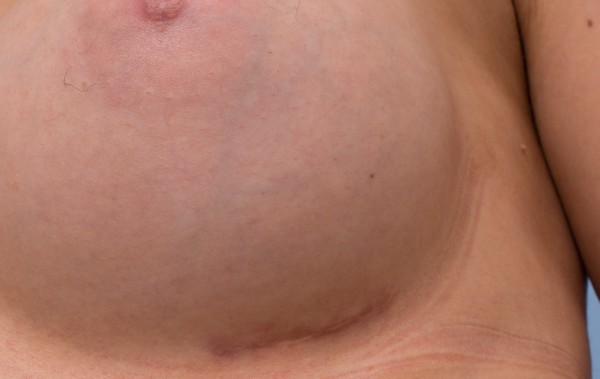Many women have unsightly breasts due to one or the other reason. Birth defects, accidental injuries, and hormone imbalances usually contribute to abnormal boobs. Such conditions affect your looks and lower your confidence. However, resolving this problem is easy, thanks to breast augmentation techniques. After the procedure, you can enjoy appealing breasts you ever wished. However, any breast augmentation procedure involves an incision. Let’s find out the different best incisions for breast augmentation. Getting familiar with the options will help you make the right choice.
Different types of incisions for breast augmentation
Most women don’t know about incisions. As such, they don’t bother much when choosing an incision-type. They just settle with the doctor-recommended option. However, leaving the decision to a surgeon isn’t advised. You should weigh your options before making a decision. Here are your choices.
Inframammary fold (under the breast incision)
It’s usually placed along the bottom part of the boob, the fold, or crease, near the portion where the breast meets the rib cage. After making the inframammary fold incision, the surgeon places the implant below or above the pectoral muscle. Most doctors prefer the inframammary fold because it offers better control over bleeding and let them place the implant effortlessly.
Plus, the inframammary fold ensures the best symmetry. However, this option comes with a few drawbacks. First, you can’t reuse the inframammary incision if you want to change the implant size in the future. Also, it damages the milk ducts. This is why this option isn’t recommended for young ladies who plan to breastfeed their babies in the future.
Periareolar fold (around the nipple)
In this case, the incision is made along the curve of the nipple’s or areola’s bottom, where the light-colored skin meets the dark-colored skin. After making the incision, the surgeon creates a pocket for the implant. Doctors favor the periareolar fold just like the inframammary fold because it lets them control bleeding and make symmetry easily.
Some patients may notice a raised scar due to trouble healing. Such scars may be visible to others. Also, the incision affects the functioning of milk ducts. So, women who plan to breastfeed their children may want to stay clear of this incision type.
Trans-axillary fold (under the armpit)
Ladies who want a smaller implant typically go for the trans-axillary fold. As a natural fold exists in the armpit, plastic surgeons can easily create an incision, make a channel to the breast, and build a pocket for the implant. Most ladies prefer this incision as it leaves the boobs unscarred and untouched. The only downside is you can’t reuse the incision if you plan for another breast surgery in the future.
The Trans-umbilical fold (through the navel)
In trans-umbilical or TUBA incision, the surgeon inserts the implants through the navel and up to the boob. Finally, the implants are inflated. It’s one of the most favored incisions for breast augmentation. Many women like the TUBA incision because the scars stay hidden in the belly button. The biggest con of this incision is it could be hard to attain a symmetrical or natural-looking breast.








